The 3 Main Causes of Toenail Fungal Infections
A fungal toenail infection can strike anyone, though it usually occurs in adults. Usually, a toenail infection will only occur after it has already struck a person’s feet. Once the infection reaches the nails, it can become hard to cure. Even after the fungus is eradicated, there is always the chance that it will come back. Toenail fungal infections usually come from three different sources.
Everyday Shoes
The sort of normal shoes that people wear every day can be the culprit behind the growth of fungal infections. When people wear boots or shoes that crowd the toes and constrict the feet, they are more likely to sweat. Athletes are especially at risk for these infections because their feet sweat more often and the dampness will likely be absorbed into the shoes. Fungi love dark, warm, and wet environments. A way to prevent infections from growing in shoes, is to wear sandals or open-toed shoes. Another good idea is to keep dry socks handy so you can easily change them if your socks get wet. Many new socks are made from dry-wick materials that will keep the moisture off of your feet, which will prevent fungal infections from growing and spreading. Finally, fungi hate the sun and UV rays will kill them. So, as often as possible, try to expose your feet to some sunshine.
Illness
People who have circulation problems in their lower extremities, like people with diabetes, or a weak immune system, like those with HIV, are especially susceptible to fungal infections. HIV weakens the immune system, which makes it more likely that someone will get fungal, parasitical, bacterial, or viral infections.
For those who suffer from diabetes, blood may not circulate properly to the lower extremities, which makes it harder for the immune system to eliminate fungal infections.
 All of us face a weakened immune system and poorer circulation as we age. Thus, older people are more likely to end up with a nail fungus. The reason for this is because the elderly have been exposed to fungi for many years, which may also explain why they are more likely to suffer from an infection.
All of us face a weakened immune system and poorer circulation as we age. Thus, older people are more likely to end up with a nail fungus. The reason for this is because the elderly have been exposed to fungi for many years, which may also explain why they are more likely to suffer from an infection.
Trauma
Finally, when your toenail has been injured in some way, it may also be susceptible to a fungal infection. If a nail is cut, the fungus will be able to invade the toenail bed. Trauma is not the only way that fungi can sneak into the toenail, though. Athletes and people who wear shoes that are ill-fitting or too tight are also creating cracks in their toenails that fungi can sneak into. Infections such as these can be accompanied by other problems such as ingrown toenails.
Again, people with diabetes face an increased risk. As they have less feeling in their feet due to poor circulation, they are more likely to repeatedly injure their toes. This constant damage will continuously create tears in the skin for fungi to get through.
No matter the cause, if you suspect that you might have a toenail infection, it is very important that you seek medical attention immediately. Untreated fungal infections can quickly transform into more serious bacterial infections.

 Subscribe Now
Subscribe Now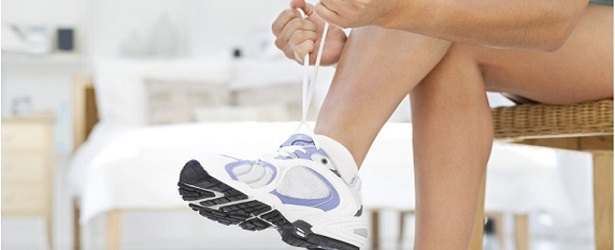



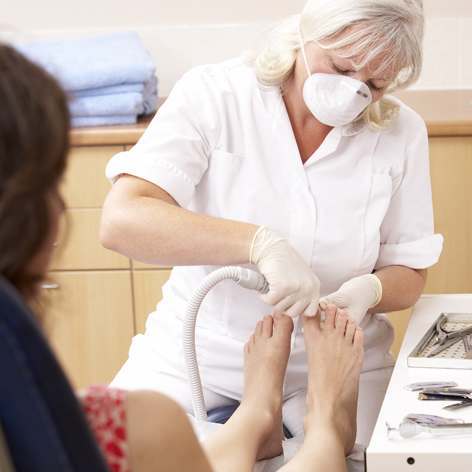 Athlete’s foot strikes people most often. You will usually see this on the skin of your feet. One of the telltale indications that you have athlete’s foot is wetness on the soles of your feet or the skin between your toes. The skin will look puffy and swollen and will also be red. Along with the redness, there may often be an itching or burning sensation.
Athlete’s foot strikes people most often. You will usually see this on the skin of your feet. One of the telltale indications that you have athlete’s foot is wetness on the soles of your feet or the skin between your toes. The skin will look puffy and swollen and will also be red. Along with the redness, there may often be an itching or burning sensation. Keep an eye on your nails
Keep an eye on your nails
 Tea Tree Oil
Tea Tree Oil Terbinafine
Terbinafine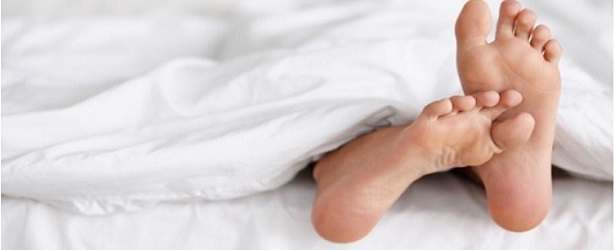
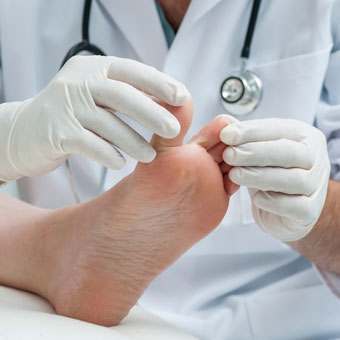 Description
Description Treatment
Treatment
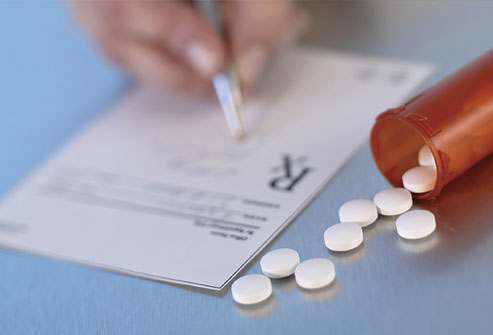 There are possible side effects with Itraconazole. These include a skin rash, headaches, stomach pain, itching, dizziness, constipation, or diarrhea. The effects will normally go away in less than five days, but you need to contact your doctor immediately if they go on for longer or become severe. If you have any of these more dangerous side effects, you need to contact your doctor right away. These include dark colored urine, swelling, extreme weight gain in a short period of time, a change in stool color, fever,
There are possible side effects with Itraconazole. These include a skin rash, headaches, stomach pain, itching, dizziness, constipation, or diarrhea. The effects will normally go away in less than five days, but you need to contact your doctor immediately if they go on for longer or become severe. If you have any of these more dangerous side effects, you need to contact your doctor right away. These include dark colored urine, swelling, extreme weight gain in a short period of time, a change in stool color, fever,  If you have any of these serious side effects, you need to call your doctor right away. These dangerous signs include poor appetite, bruising or bleeding, difficulty swallowing or breathing, a yellow tint in the eyes or skin, a rash, or seizures. Again, because of negative drug interactions, you need to inform your doctor of all the medications you take. The ones that are particularly bad to take with fluconazole include zidovudine, terfenadine, stall, rifampin, valproic acid, and warfarin. If you are on any of these, your doctor may change the dose of fluconazole accordingly.
If you have any of these serious side effects, you need to call your doctor right away. These dangerous signs include poor appetite, bruising or bleeding, difficulty swallowing or breathing, a yellow tint in the eyes or skin, a rash, or seizures. Again, because of negative drug interactions, you need to inform your doctor of all the medications you take. The ones that are particularly bad to take with fluconazole include zidovudine, terfenadine, stall, rifampin, valproic acid, and warfarin. If you are on any of these, your doctor may change the dose of fluconazole accordingly.
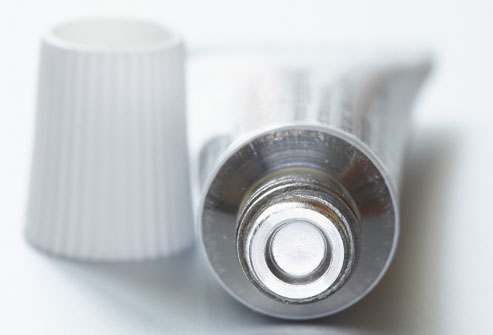 Treatment
Treatment

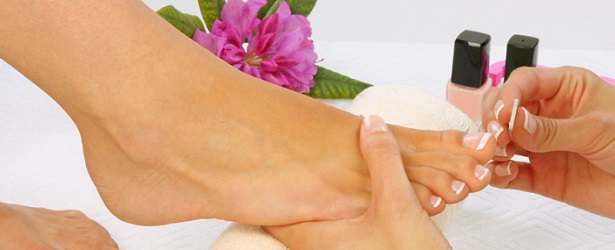
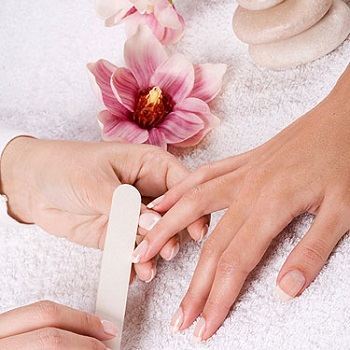 How can I get it at a salon?
How can I get it at a salon? 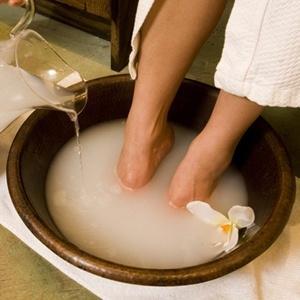 Blisters
Blisters